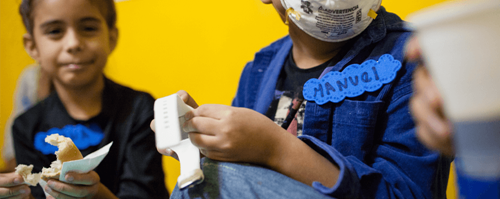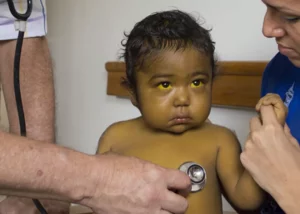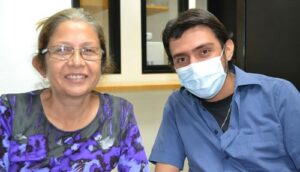We must eat from every food group to receive all the necessary nutrients and ensure a balanced nutrition. Nutrients are divided into two groups: macronutrients (carbohydrates, fats and proteins) and micronutrients (vitamins, minerals and trace-elements).
Proteins are necessary for body development and the replacement of worn-out or damaged tissue, they promote the production of metabolic and digestive enzymes and they are an important part of certain hormones.
Some examples of protein in our bodies are: keratin in skin, hair and nails; collagen in bones, tendons and cartilage, elastin in ligaments, enzymes that promote food digestion and hormones such as insulin.
Amino acids are the basic protein units. There are many kinds of amino acids and multiple combinations resulting in many different proteins that result in as many as 20 different types of amino acids.
Studies have shown that from all the Amino acids, eight of them are essential in adults (phenylalanine, tryptophan, methionine, lysine, leucine, isoleucine, valine and threonine) because we need them to form new proteins in the liver that facilitate the performance of all the functions mentioned before. There is one more essential amino acid named histidine, that is essential for children.
We can get these proteins from different sources, one tends to think of protein coming exclusively from animals like milk, eggs, beef, chicken and fish. However, we can also get them from vegetables. When the protein present in one food has all the essential Amino acids it is considered to be of the best quality or highest biological value.
Our body needs an established daily amount of high biological value proteins to cover the many complex functions performed by these nutrients.
In general, animal protein sources are regarded as high biological value, contrary to those from vegetable origin because they lack some of the essential amino acids in their protein content. But this is no reason to believe they are of inferior quality.
It is possible to combine two foods with low protein value that complement each other resulting in a high quality protein food; this is called Protein Complementation. It is worth mentioning that food such as soy and quinoa are of high biological value despite being of vegetable origin.
In this sense, an example of Protein Complementation can happen in the following way: grains (black beans, lentils, chickpeas, beans, green peas, pigeon peas) and nuts such as cashews and peanuts lack methionine, but are rich in lysine so they must be paired with cereals (rice, corn, wheat, buckwheat, barley, oatmeal), roots (cassava) or seeds like sesame that are rich in methionine, but low on lysine.
Finally we would like to share some simple examples that may be used daily:
*Lentils and rice.
*Minestrone: pasta with grain (beans).
*Boiled cassava with soy.
*Lentil salad with peanuts.
*Lentil patties with bread or corn.
*Bread with hummus (puréed chickpeas with sesame seeds).
It is important to include some vegetables to obtain more nutrients (broccoli, carrot, tomato, cauliflower).














